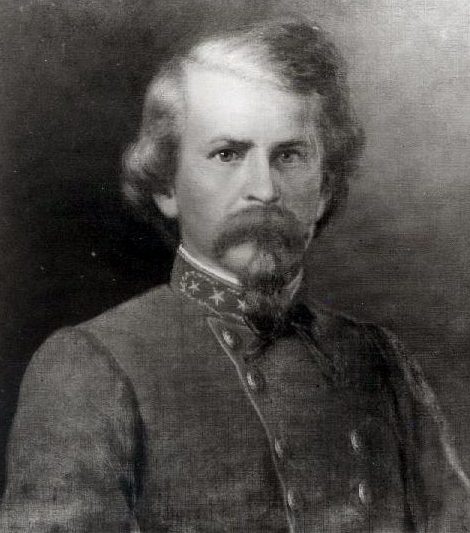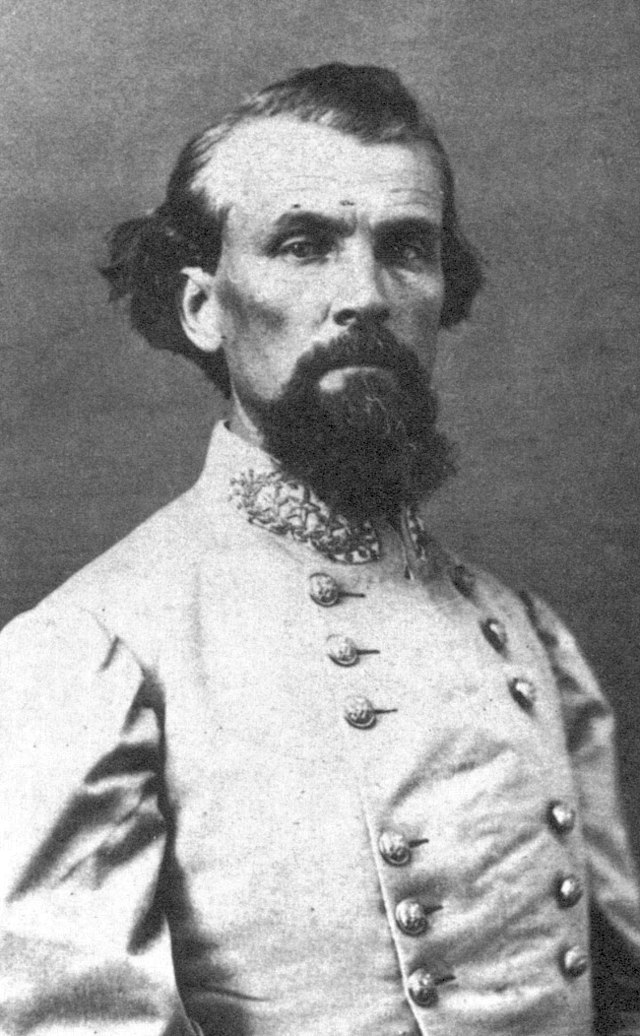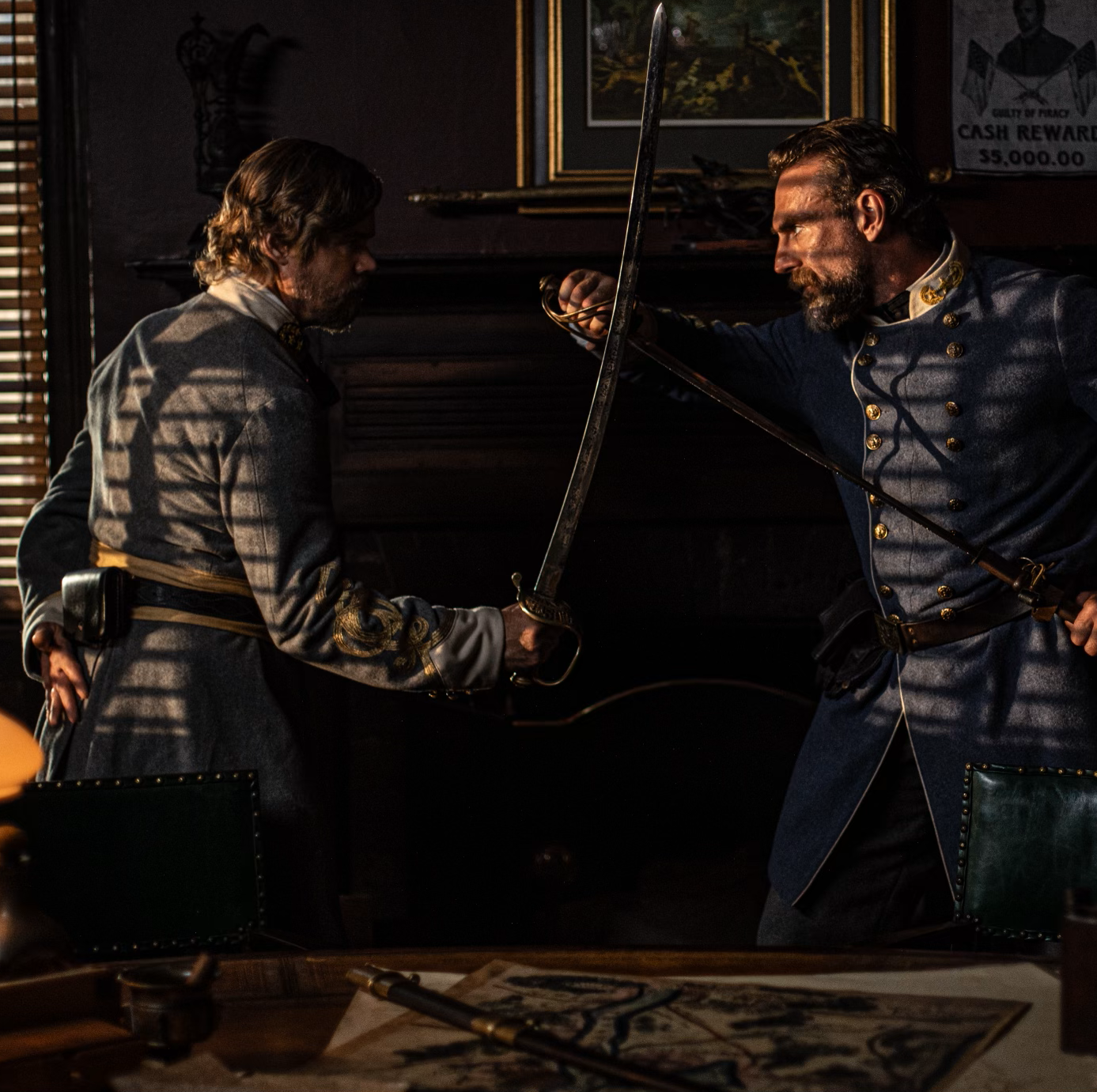

General Nathan Bedford Forrest and General Earl Van Dorn were two prominent Confederate officers during the American Civil War. Although they were both successful military leaders, their paths to success were very different, and their personalities often clashed.
Sign up to be emailed when this film is available on streaming services!
In the beginning of their time working together, Forrest did not have a high opinion of Van Dorn and was skeptical of his ability as a commander. However, as time passed, Forrest came to respect Van Dorn despite their differences and recognized his value as a fellow officer in the Confederate army.
Forrest was born into poverty in Tennessee and rose to prominence as a successful planter and slave trader before the outbreak of the Civil War. He was known for his cunning and resourcefulness on the battlefield, and he quickly became one of the Confederacy’s most successful cavalry commanders.
In contrast, Van Dorn was born into a wealthy Southern family and was educated at West Point. He had a reputation for being arrogant and impulsive, and some considered him to be more interested in personal glory than in the success of the Confederate cause.
When Forrest and Van Dorn first began working together, Forrest was unimpressed with Van Dorn’s leadership style. He believed that Van Dorn was more concerned with personal glory than with the success of the Confederate army, and he was wary of his impulsive nature. However, as they worked together, Forrest began to see that Van Dorn was not just a capable and dedicated officer, but a tactical genius in cavalry warfare.
One of the key events that helped Forrest to change his opinion of Van Dorn was the Holly Springs Raid of 1862 that not only turned back Ulysses S. Grant in his attempt to capture the Confederacy’s main port, but likely saved the Confederate cause for the moment. This battle was a crucial moment in the Civil War, and Van Dorn played the main role in ensuring that the Confederate army was able to continue fighting against the Union forces. With Grant approaching, Van Dorn’s leadership and determination helped to turn the tide in the Confederates’ favor.
General Forrest was witness to and part of Van Dorn’s defeat of famed Union General Ulysses S. Grant at the raid of Holly Springs. Once the two started working together in Spring Hill, Van Dorn led multiple successful attacks, including one of the most complete victories of the war at The Battle of Thompson’s Station, and Forrest’s opinion of Van Dorn was at an all-time high just before Van Dorn was assasinated by Dr. George Peters (George’s wife, Jesse Peters was having an affair with Van Dorn and there is credible evidence that the North used the affair to make Dr. Peter’s a northern asset and assassin).
In fact, General Grant waited until after Van Dorn’s assassination to attempt to take Vicksburg and the port again. After Van Dorn’s death, Grant successfully took the port and controlled Vicksburg. This was the beginning of the end for the Confederate cause.
Another factor that helped to change Forrest’s opinion of Van Dorn was their shared experience of personal loss. Both men lost close friends and family members during the course of the war, and this tragedy helped to bring them closer together. They found solace in each other’s company, and as they grieved, they came to understand each other’s perspectives and motivations in a new way.
In conclusion, General Nathan Bedford Forrest and General Earl Van Dorn were two very different individuals who were brought together by the demands of the American Civil War.
In the beginning of their time working together, Forrest was skeptical of Van Dorn’s leadership abilities, but over time he came to respect him as a fellow officer and a highly valuable asset to the Confederate cause. Despite their differences, they were able to form a bond of mutual respect and trust.
